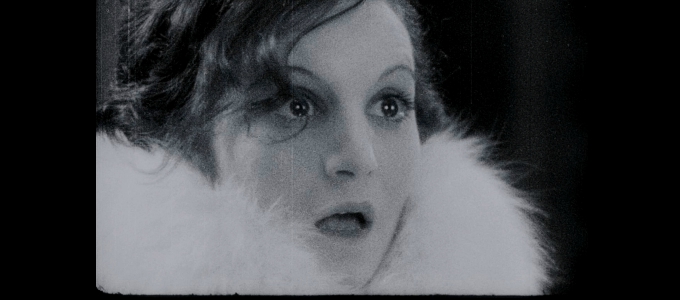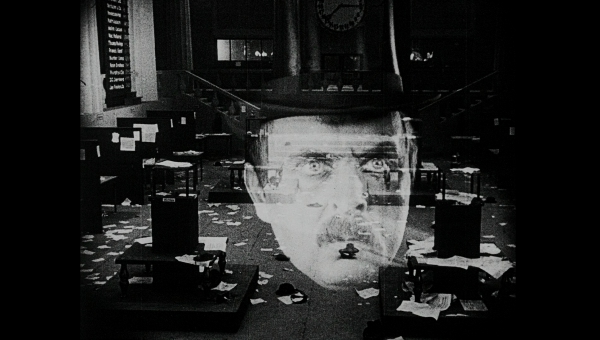
‘What does cinema know that we don’t?’ asks Rudiger Suchsland in this absorbing if uneven documentary which takes its name and thesis from Siegfried Kracauer’s highly influential ‘Psychological History of the German Film’ (the book’s subtitle). First published in the US in 1947, it documented the post-World War 1 state of mind during the Weimar Republic years from 1919-33 as seen through the eyes and works of its celebrated directors including Fritz Lang, F. W. Murnau, Ernst Lubitsch and latterly Billy Wilder.
As Kracauer’s title suggests, the preponderance of mad villains and mass-murderers in the many expressionistic horror films of the period (Doctors Caligari and Mabuse) are part of the German subconsciousness, still coming to terms with bloody defeat; ally this to the taste for Teutonic heroism (Fritz Lang’s blond Siegfried in THE NIBELUNGEN slaying distinctly alien dragons and dwarves) and it’s no surprise that trouble in the shape of the Third Reich lies just over the horizon: as Kracauer points out, scenes and motifs from Lang’s epic could easily belong in Leni Riefenstahl’s TRIUMPH OF THE WILL, ten years later.
‘a process of retrogression effected with self-pity’
But there was more to Weimar Republic movies than just ‘Doctor Mabuse writing Mein Kampf’ as one of the talking heads punctuating the documentary – ranging from academics to the actual film-makers Volker Schlondorff and Fatih Akin – remarks, and here Suchsland’s argument stalls somewhat, as a good deal of the 1920s output was also hedonistic, from frothy comedy and elaborate musicals to the delightfully observational MENSCHEN AM SONNTAG (the work of a raft of future Hollywood luminaries) showing young real-life Berliners going about the business of enjoying their weekend.
Suchsland uses one of them, ‘Brigitte’, as a device to illustrate the growing power of women on the screen, no longer mere prey to the vampire Nosferatu’s teeth but characters like Arthur Schnitzler’s FRAULEIN ELSE (played by Elisabeth Bergner) coming to terms however tragically with her sexuality: others playing increasingly important roles on the screen were Louise Brooks, the Hornsey-born Lilian Harvey whose films have a flavour of both Gracie Fields and Jessie Matthews, and Marlene Dietrich, seen in THE BLUE ANGEL seducing Emil Jannings, the future Nazi collaborator whose performance as a besotted professor (what Kracauer calls ‘a process of retrogression effected with self-pity’) rivals Peter Lorre’s child-murderer in Fritz Lang’s M. Both are hapless victims, their weaknesses allowed to fester in the uncertain times.
The clips in FROM CALIGARI TO HITLER are invariably well-chosen, the main problem being that the field is too wide for one documentary, forcing everything into the central thesis when a separate film could have been made to illustrate the resistance to the growing Nazi menace: socialist and Russian propaganda films and their influence are only glimpsed. As it is the closing credits, listing the enormous talents which left for Hollywood in the 1930s (Wilder, Lang, Lubitsch, Robert Siodmak, Fred Zinnemann etc) answer Suchsland’s question ‘What does cinema know that we don’t?’ Nothing, providing you keep your eyes and ears open.
VON CALIGARI ZU HITLER screened on 6 September at 20.30 at the Cambridge Film Festival
httpvh://youtu.be/HD1ia4sJ9t0

